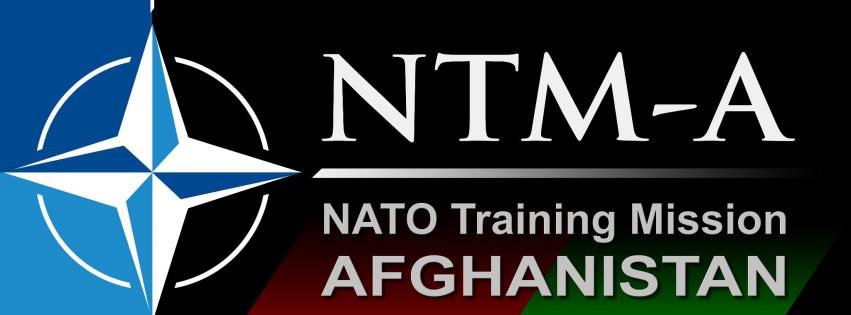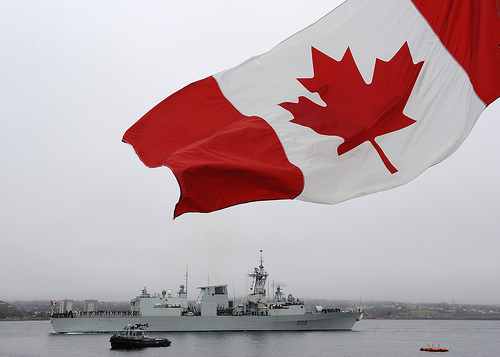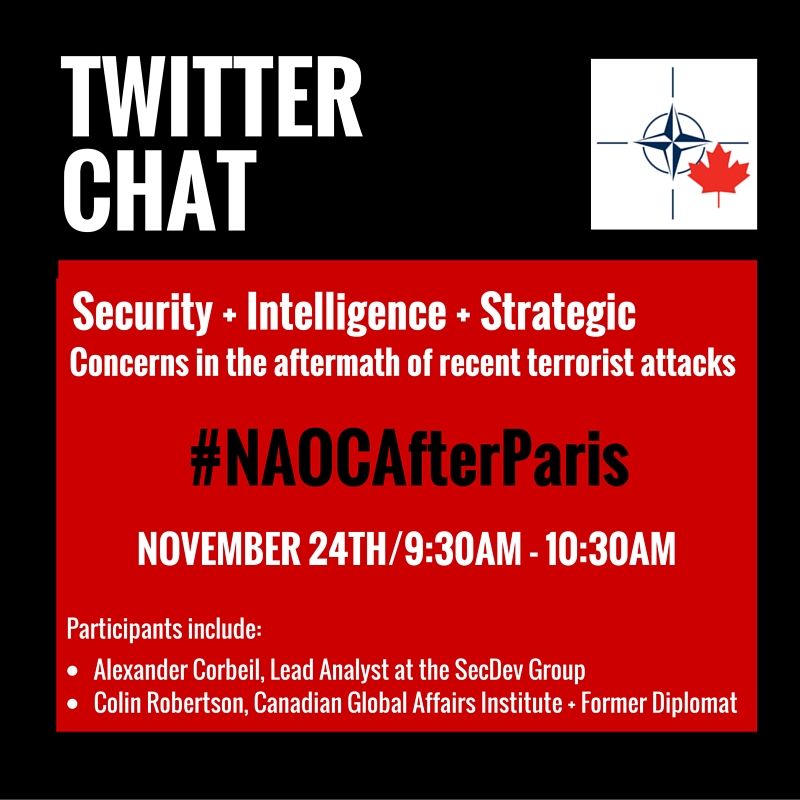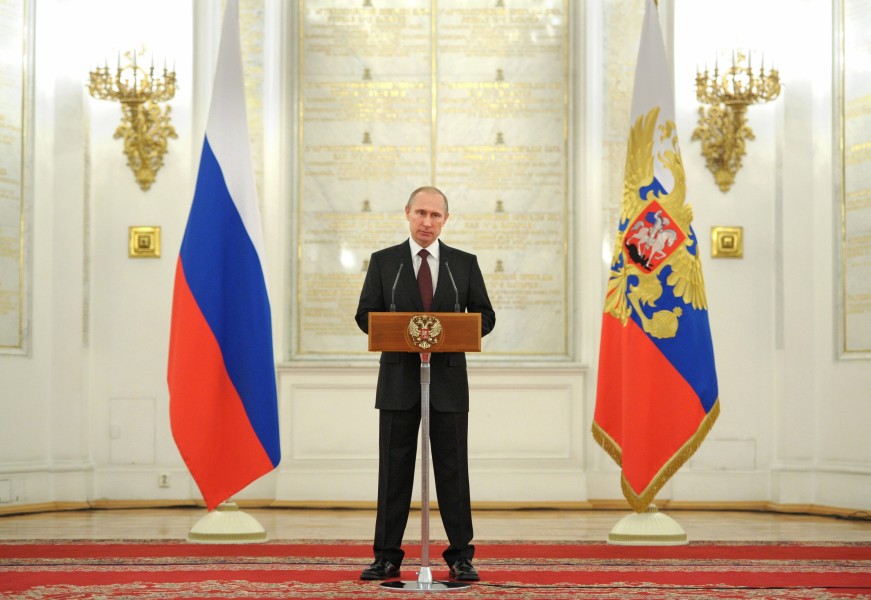On October 14th, the first troops of the second rotation of Operation Attention, Canada’s participation in the NATO Training Mission – Afghanistan (NTM-A), began their journey to Kabul. NTM-A is the current core of NATO’s strategy for building the Afghan National Security Forces (ANSF) and transitioning to Afghan responsibility for the country’s security, as International Security Assistance Force (ISAF) troops withdraw through to December 2014. However, that strategy has faced and continues to face huge challenges. As another round of Canadian troops depart, the time has come to consider those challenges, the progress that has been made, and the obstacles to come.
The subject is a massive one. Therefore, this article will concern itself only with past challenges and progress. The present and future will be discussed in Part II.
ANSF training began in 2002. The United States took the lead on training the Afghan National Army (ANA), supposed to reach a strength of 70, 000, while Germany took the lead on training the Afghan National Police (ANP), supposed to reach a strength of 62, 000.
According to a 2009 RAND Corporation report (released before NTM-A was initiated) the first conception of ANA structure was based on a power-sharing agreement among existing warlords and militias, but the force was ineffective in combat. Local interests often trumped operational goals and many illiterate militia leaders proved unable to operate in a conventional military structure. The US redesigned the effort in order to create a professional, ethnically balanced national force.
[captionpix align=”left” theme=”elegant” width=”320″ imgsrc=” http://sphotos-a.xx.fbcdn.net/hphotos-snc6/c0.0.403.403/p403x403/253142_10151872021287137_1519252958_n.jpg” captiontext=” First troops of the second rotation of Canada’s Operation Attention depart for Afghanistan, October 14, 2012.”]
Training began with Initial Entry and Basic Warrior training, later supplemented by more advanced “branch specific” training, with American and NATO mentoring teams embedded in Afghan units. However, RAND reports that problems with combat effectiveness prompted the US to slow training rates, a problem which grew as ANA strength expectations eventually grew to 122,000.
The US created a national recruitment programme and centralized training at the Kabul Military Training Centre (KMTC). Nevertheless, training rates remained low. To cope, two regional training centres were established, and the initial 15-week training programme was shortened to 10 weeks, increasing capacity but with predictable consequences for quality. Meanwhile, as of March 2008, US embedded teams alone required 2, 391 personnel, but staffing stood at 1, 062 (44%).
In part, this was due to the disastrous state of ANP training. The programme had been in such trouble that, in July 2005, the US took over training and fielding forces, although Germany remained the ‘lead nation.’ Despite incremental improvements, the ANP remained a severely corrupt and unprofessional force, as the Canadian mission saw first-hand in the aftermath of Operation Medusa in 2006. US attempts to remedy this centred on embedded trainers, calling for a required 2, 358 personnel, in addition to ANA trainers. In March 2008, only 921 (39%) of those positions had been filled.
RAND concluded that staffing was a key challenge for the training programme, and attributed the problem to a lack of “genuine commitment” from NATO contributors. The report cited “restriction attached to the use of some NATO member troops and… the fact that OMLTs face high risks and a high possibility of casualties.” Essentially, the same national caveats that plagued NATO-ISAF operations affected the training mission.
Interestingly, in Canada’s case the opposite seems to have been true. As the year-long Canadian commitment of combat troops in Kandahar province drew to a close, the US suggested that Canada re-structure its contribution to focus on training. However, the Conservative government rejected this, and instead opted for an extension to the combat mission. It seems that this was to demonstrate Canada’s commitment to the mission – to opt out of combat operations would be to “cut and run,” and Canada would not be seen to do so.
[captionpix align=”left” theme=”elegant” width=”320″ imgsrc=” http://www.army.gc.ca/IAOL/143000440001753/143000440001754/HTMLFiles/Cpl.%20Tina%20Gillies%20%20Canadian%20Forces%20Combat%20Camera%20%20range.jpg” captiontext=” Training ANSF soldiers.”]
Regarding difficulties staffing training teams, the authors of the April 2010 United States Plan for Sustaining the Afghan National Security Forces, reached the same conclusion as RAND. US and NATO leadership “stressed the trainer and mentor requirements during repeated high-level international engagements” throughout 2009 and 2010, while the US undertook an effort to obtain resources from non-NATO troop contributors. Nevertheless, in April 2012, only 1, 916 trainers of a required 2, 774 were in place, with another 418 pledged, leaving 440 positions without even pledged trainers.
Another key element identified in the RAND report was achieving ethnic balance within the ANSF, viewed as crucial to maintaining the delicate political balance necessary to re-create an Afghan nation-state after the ravages of civil-war and Taliban rule. This proved to be a challenge. RAND concluded that Hazaras and Uzbeks were underrepresented, while Tajiks were overrepresented, especially in the officer and NCO corps. Meanwhile, although RAND noted that the percentage of Pashtuns was relatively proportionate to their presence in the Afghan population, efforts to recruit Pashtuns from insecure areas in the south and east proved less successful than hoped for. As late as April 2012, the impact of such initiatives on the security situation in the south remained “marginal.”
In 2009, RAND argued that bringing the training mission under the NATO umbrella would alleviate the problems of trainer team staffing, recruitment, and other difficulties facing the mission, such as retention and attrition rates. With the establishment of NTM-A, that is, in fact, what happened. Indeed, although many training teams remain understaffed, the transition certainly alleviated the problem – shortfalls are now significantly less than they were, despite further increases in targeted ANSF strength-levels.
Nevertheless, the alliance’s training mission continues to face great obstacles. To be fair, these are not of NATO’s making; they are simply the product of a severely politically-fragmented society. With that said, the long-delay in establishing a cohesive and viable training programme for the ANSF has left NTM-A years behind in playing catch-up against divisions decades in the making. But that is a topic for Part II.




